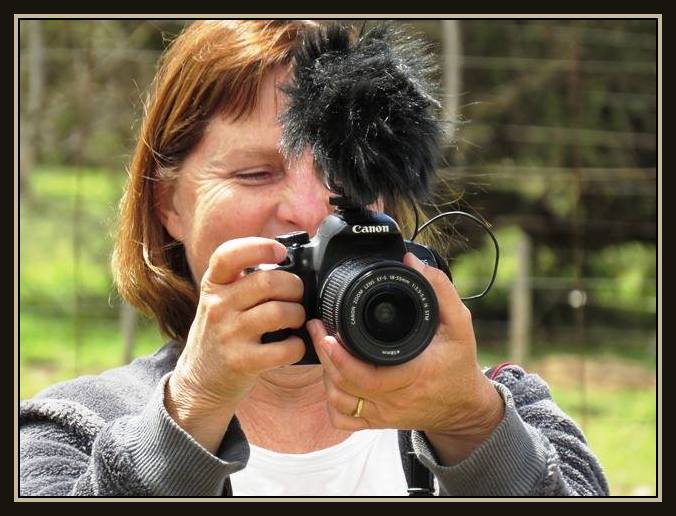Ever since my first birding trip, I have always considered it important to learn the bird calls. In the beginning, I birded with experienced birders that knew their calls and it was an integral part of their birding skills. Birding by sound was just as important to them as birding by sight. So I have always worked hard at learning the vocalisations of the birds around me. I have made an effort to find out the identity of calls that I don’t know so that I can learn them and remember them.

I soon got hooked on recording bird calls while in the field. Getting a good quality photo of a bird has always been something I strive for but getting a quality recording is just as important to me. I started off years ago with a directional mic attached to a bridging camera set on movie mode. When I downloaded the videos, I had to change them into an mp3 format before I could edit them on Audacity. A few years later I progressed to a good quality digital voice recorder with a directional mic attached. I am still using that to record bird calls and am happy with the quality.

Soon after I started recording bird calls, I started posting the better quality recordings onto Xeno Canto, a website for sharing recordings of sounds of wild birds from across the world. While this was a fantastic resource for bird call enthusiasts and scientists studying bird vocalisations, I realised that the novice or average birder would benefit by actually seeing what the bird looked like that was calling, so I started making Youtube videos which consisted of the soundclip with a still photo and captions throughout the recording. This has proven to be a valuable resource for people Googling certain bird calls and my most popular video to date is the call of the Hadeda Ibis. It is a simple video with a still photo and a clear recording of the call to go with it. So far that particular video has had 75 601 views! Many comments below the video are from Saffers that are homesick and are missing the call of the Hadeda Ibis or they want to show their new friends overseas how loud our birds are in southern Africa.
Another very popular video is one of a Hadeda Ibis pair courting and copulating and the recording is accompanied by much loud calling from four ibises in the video. It currently has 55 969 views! This is an actual video showing very interesting courtship behaviour of a pair with the female allopreening the male and their mutual tapping of bills while two other vocal ones look on.
My other popular video is of 12 Nocturnal Bird Calls from Southern Africa. Many people have found this particular video by Googling nocturnal bird calls when they are trying to identify the call of a Fiery-necked Nightjar that they hear at night.
While my Youtube channel consists mainly of about 500 videos consisting of still photos with quality soundclips of bird vocalisation, I strive to get quality videos of the bird actually calling, as in this video of a Cape Grassbird calling just south of Grahamstown.
My most lucky video was of a pair of Malachite Sunbirds in a courtship display. I started filming when I saw the male behaving strangely and couldn’t believe what I captured after that on video. I won’t explain anymore. You have to see it for yourself!
Another video that I am proud of is one I created recently about the two different Mangrove Kingfisher populations in southern Africa. It contains video footage that I took both in the Transkei and in central Mozambique.
While I am still working on adding most of my bird calls to still photos on Youtube so that I provide a large and valuable resource for future generations, I also have other playlists that I am working on, namely Nectar Feeding Birds, Interesting Bird Behaviour, Birds Preening, How Do Birds Drink, How Do Birds Cool Their Bodies and I even have a section for butterfly videos (another passion of mine) and videos showing interesting mammal and reptile behaviour.
I am also working on compilation videos where I have collections of bird calls, like an informative series of videos about the Cloudscraper Cisticolas, Warbler calls from South Africa, Owl calls from southern Africa etc.
Several people have approached me and asked for permission to use some of my videos on a website or an app or even in a presentation they are working on. The fruits of my labour are beginning to pay off as more people are finding these videos useful and that makes me feel it is worth all the effort.
While my Youtube channel is a work in progress, it is growing very fast in popularity. I have always loaded the videos I create straight onto Facebook because I find most members are too lazy to open a Youtube video when on Facebook. It is easier and more user-friendly to just click on a video on Facebook and watch it. I never intended or expected it to become so popular because I seldom advertise my channel. I merely started it so that I could provide an educational resource for anyone looking for a particular call or video of that bird calling.
Here is a link to my Youtube channel. Hope you enjoy watching the videos as much as I enjoyed creating them.
